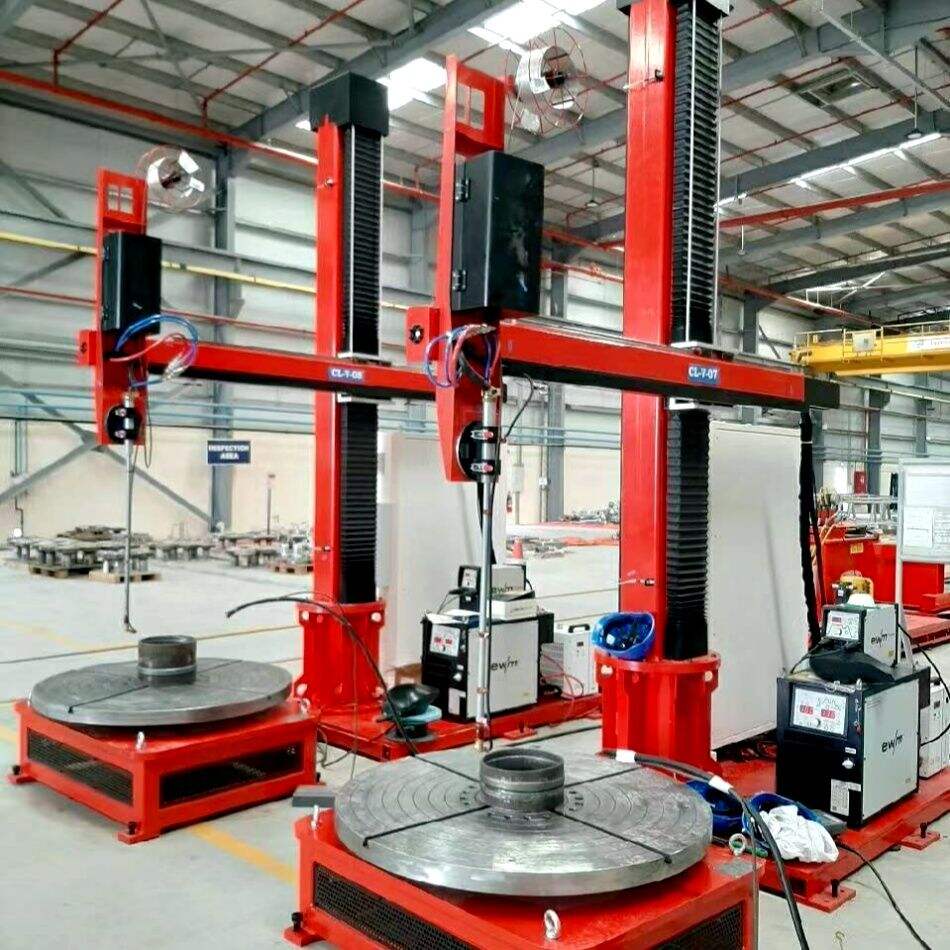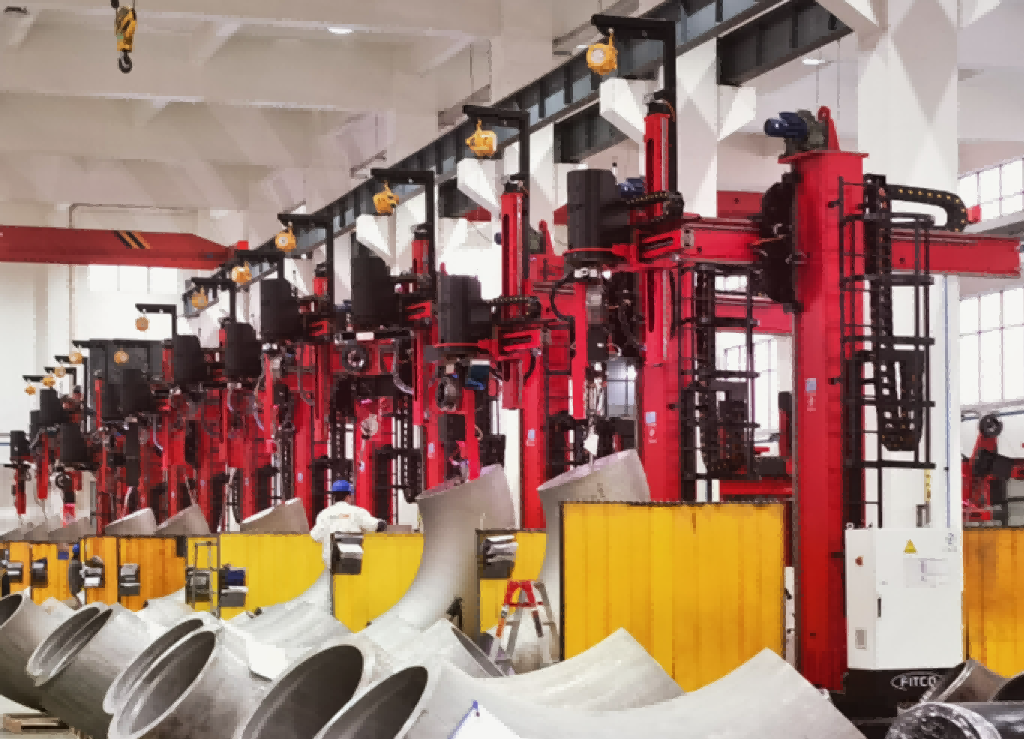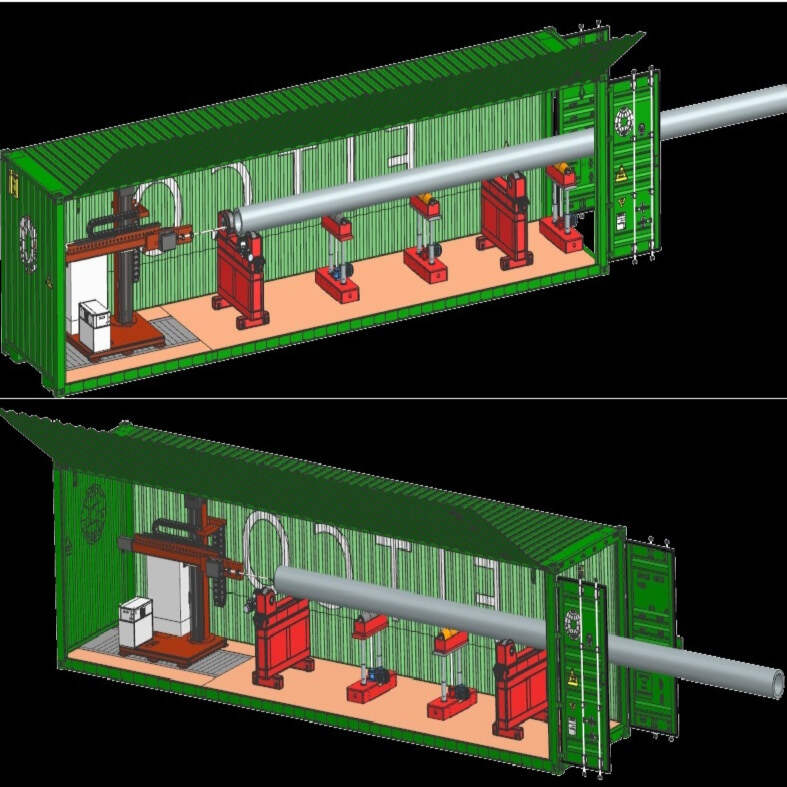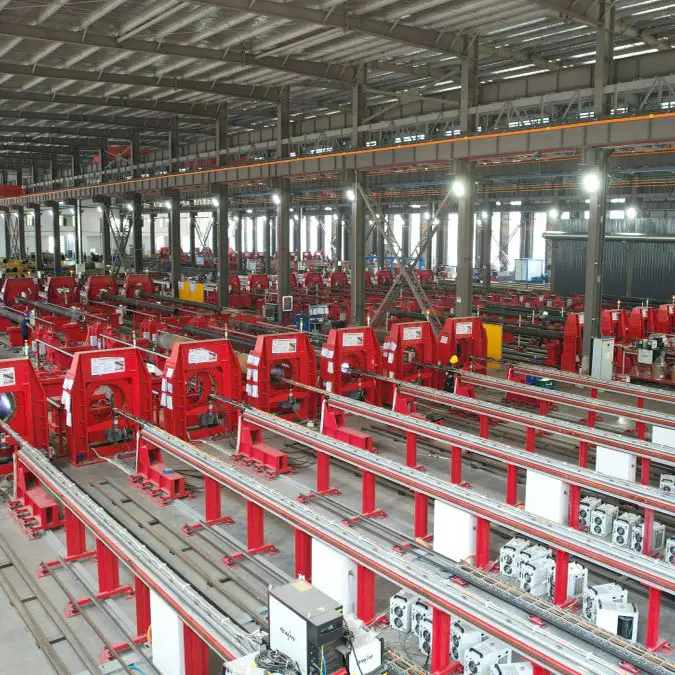vertical tig pipe cladding system made in china
The vertical TIG pipe cladding system made in China represents a cutting-edge solution for pipe surface enhancement and protection. This advanced system employs Tungsten Inert Gas welding technology in a vertical configuration, enabling precise and uniform application of cladding materials to pipe surfaces. The system features automated controls that maintain consistent welding parameters, ensuring high-quality deposits and excellent metallurgical bonding. Its sophisticated design incorporates multiple torch positions that can be adjusted to accommodate various pipe diameters, ranging from small-bore to large-diameter pipes. The system utilizes advanced sensors for real-time monitoring of the welding process, temperature control, and material feed rates. A key technological feature is its ability to perform continuous cladding operations in the vertical position, which significantly improves productivity and reduces material waste. The system finds extensive applications in industries requiring corrosion-resistant piping, including oil and gas, chemical processing, power generation, and offshore installations. The precision-controlled process ensures uniform cladding thickness and superior wear resistance, making it ideal for high-pressure and high-temperature applications.

 EN
EN
 AR
AR BG
BG HR
HR CS
CS DA
DA NL
NL FI
FI FR
FR DE
DE EL
EL HI
HI IT
IT JA
JA KO
KO NO
NO PL
PL PT
PT RO
RO RU
RU ES
ES SV
SV TL
TL IW
IW ID
ID LT
LT UK
UK SQ
SQ HU
HU TH
TH TR
TR FA
FA AF
AF CY
CY MK
MK LA
LA MN
MN KK
KK UZ
UZ KY
KY








